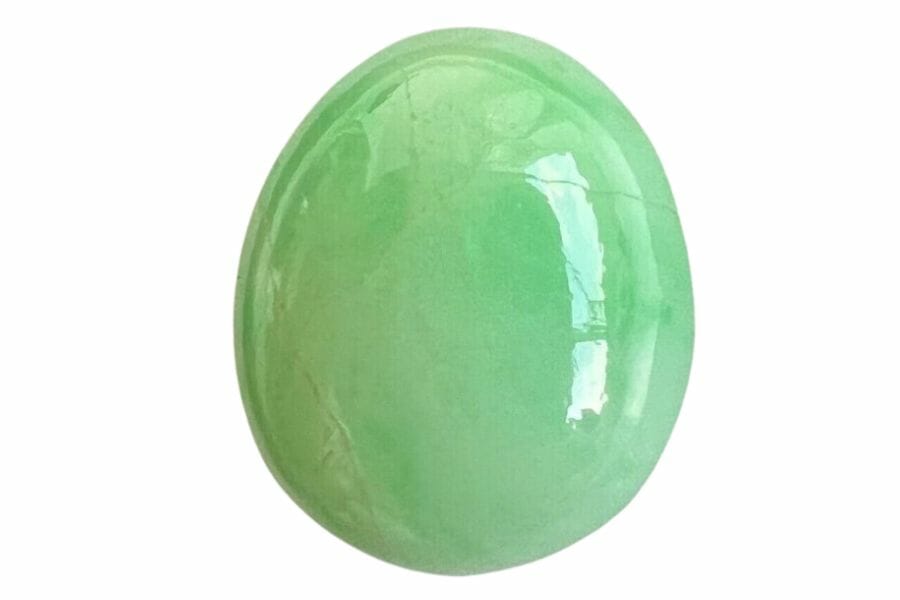Jade has been cherished by many cultures for its beauty and unique properties. While jade can be found in countries like China, Myanmar, and Guatemala, it can also be found in the United States.
Knowing how to identify jade is a game-changer. With this knowledge, spotting the real deal becomes a fun challenge.
We’ll dive into where you can find jade in the US, the best tips for spotting it, and how to make sure it’s the real deal. So, get ready to explore the captivating universe of jade and uncover its many secrets!
What is jade?
Jade is a fascinating rock that comes in a range of colors like green, white, lavender, yellow, and even black. How jade is formed is quite an adventure; it develops deep within the Earth under specific conditions of heat and pressure.
In the United States, some of the best spots to find jade are in California, Wyoming, and Alaska. Each piece of jade has its own unique color pattern, making it exciting to discover and identify.
The different types of jade
Here’s a fun fact: not all jade is the same! Actually, there are two main types of this wonderful stone.
Jadeite
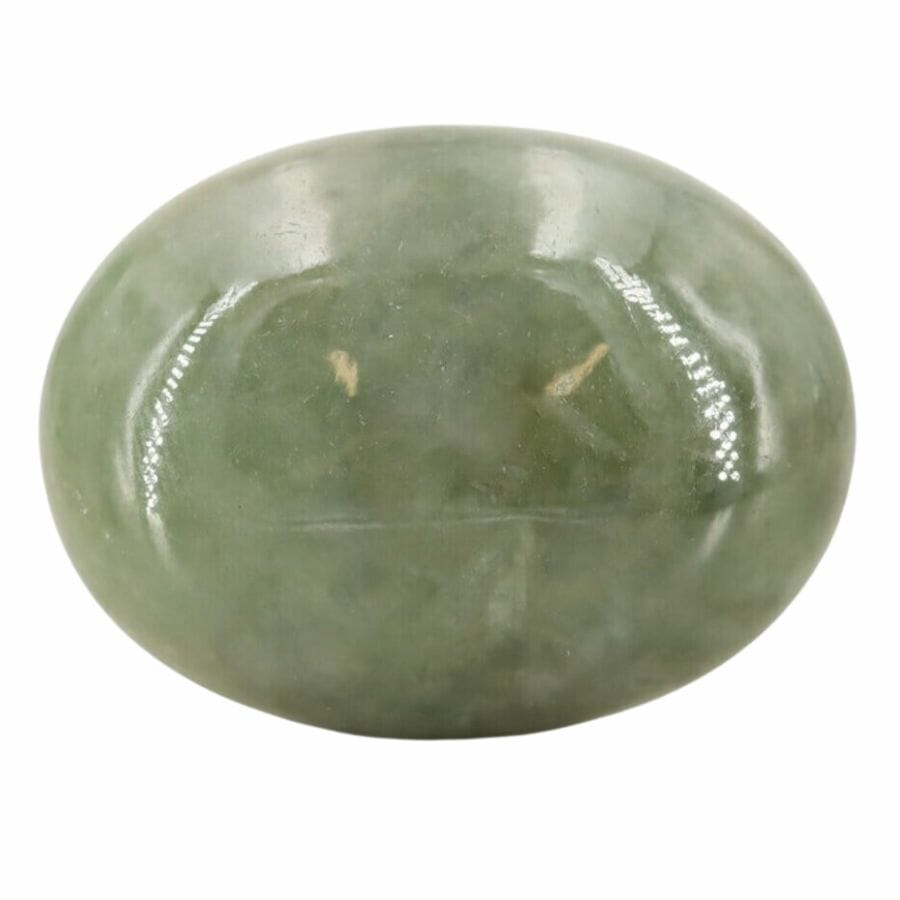
Jadeite often stands out because of its vibrant colors, ranging from green to purple, red, and even black. Jadeite is rarer than its cousin, nephrite, and is mostly found in Myanmar.
On the other hand, nephrite is more widespread and found in several places worldwide.
So, if you come across a bright and colorful piece of jade, there’s a good chance it might be jadeite!
Nephrite
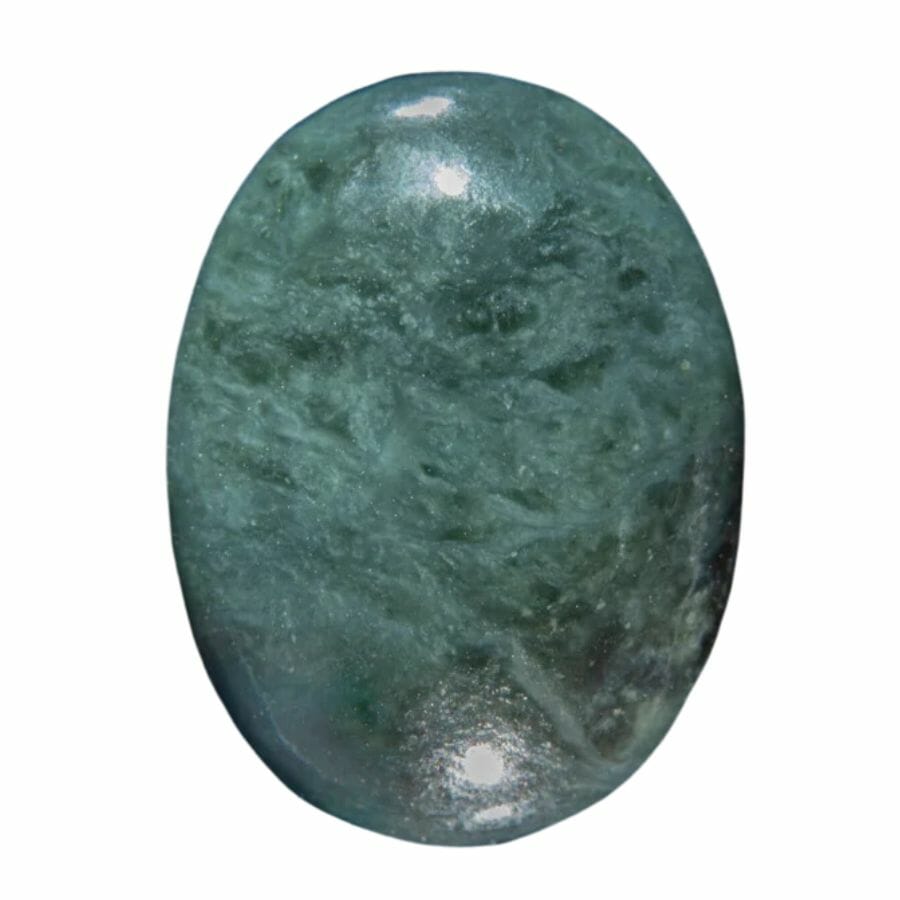
Nephrite is known for its creamy and smooth appearance, often in shades of green or gray. When considering how jade forms, it’s cool to know that nephrite comes from a different mineral mix than jadeite.
While jadeite pops up mainly in Myanmar, nephrite can be found in places like New Zealand, China, and even parts of the United States.
Where to find jade
Here are some top spots in the U.S. where this gem hides. Get ready to explore the five best locations to discover this dazzling stone!
Cascade Mountains, Washington
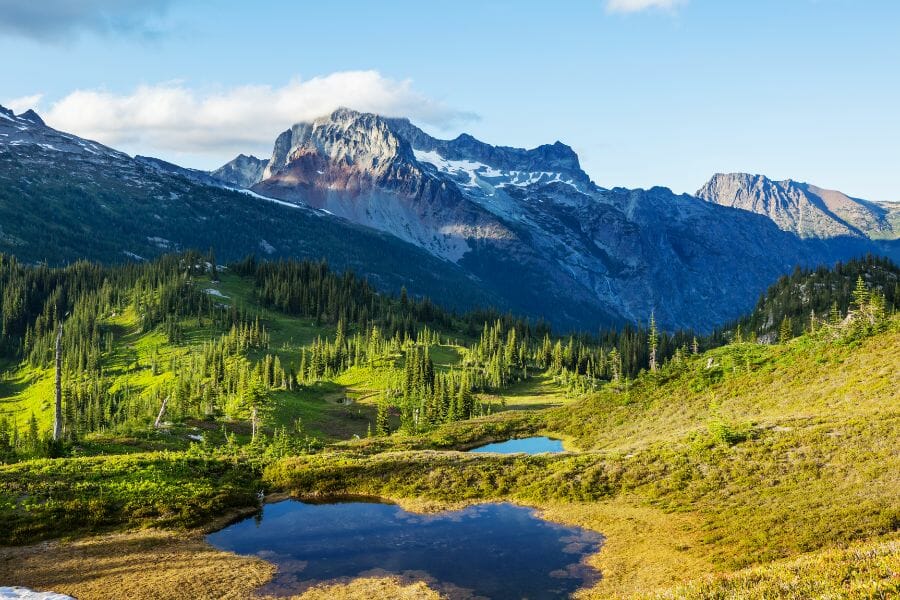
The Cascade Mountains are more than just a scenic mountain range. They’re also one of the best places
With towering peaks and vast forests, the Cascade Mountains are where you can find jade, especially the unique nephrite variety known as Washington Jade. This jade type stands out for its rich colors and exceptional quality.
The foothills of these mountains have been a favorite spot for rock enthusiasts, hoping to come across this special gemstone.
People often share stories of their exciting finds, making it a popular destination for those passionate about jade hunting.
Jade Cove, California
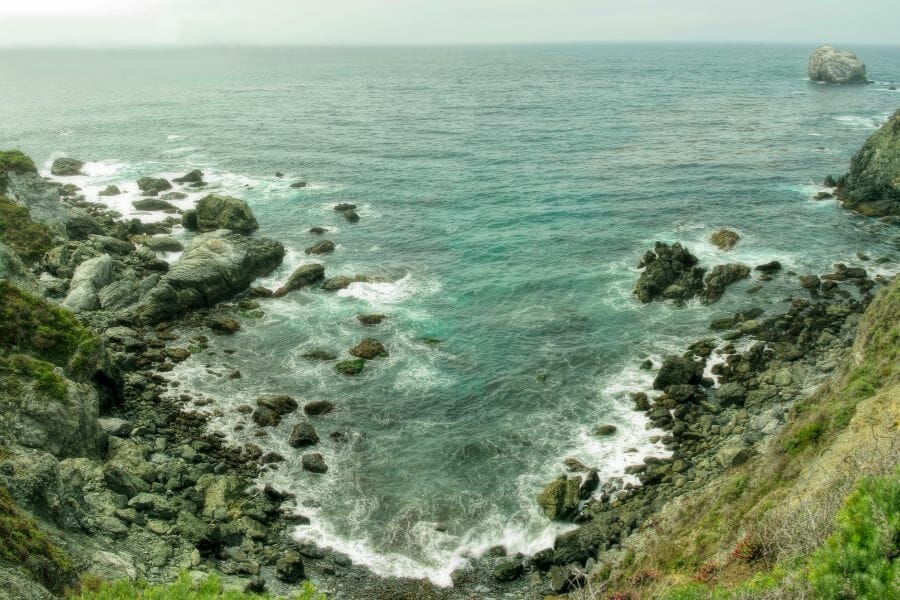
Jade Cove is a gem of a location, quite literally! If you’ve ever wondered where to find jade in real life, this spot should be on your list.
Situated along the rugged coastline, Jade Cove offers both breathtaking ocean views and a chance to discover beautiful jade pieces.
Over the years, countless enthusiasts have visited this spot, drawn by tales of the green treasures hidden on its shores. Many leave with a special jade souvenir, a memory of their trip.
Wind River Range, Wyoming
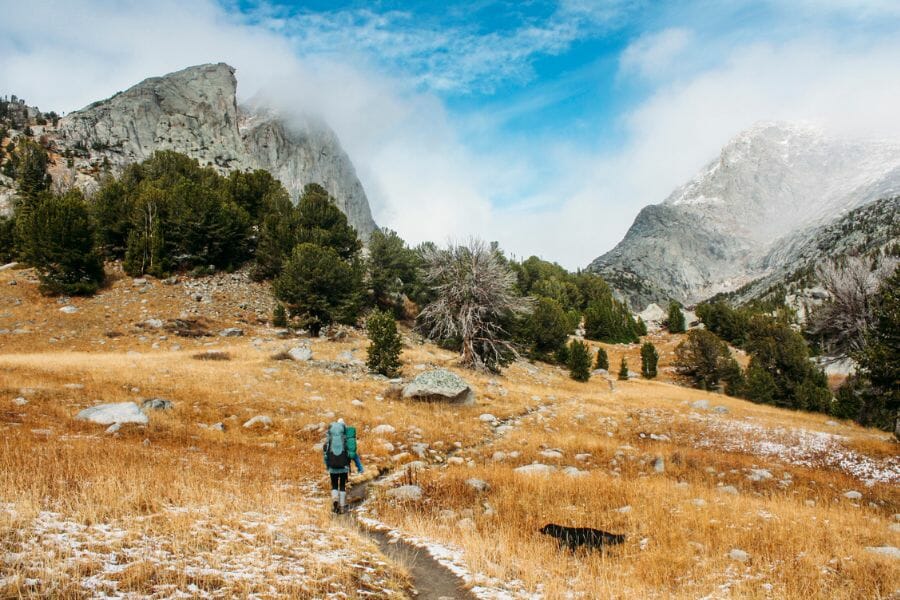
With its towering peaks and sprawling landscapes, the Wind River Range is not just a treat for the eyes but also one of the top jade locations in the United States.
This mountain range is known for hiding some of the most beautiful jade treasures beneath its rugged terrain. Many enthusiasts head to these mountains with hopes of discovering a piece of this stunning green gem.
If you’re keen on hunting for jade, the Wind River Mountains should be on your list.
Platte River, Wyoming
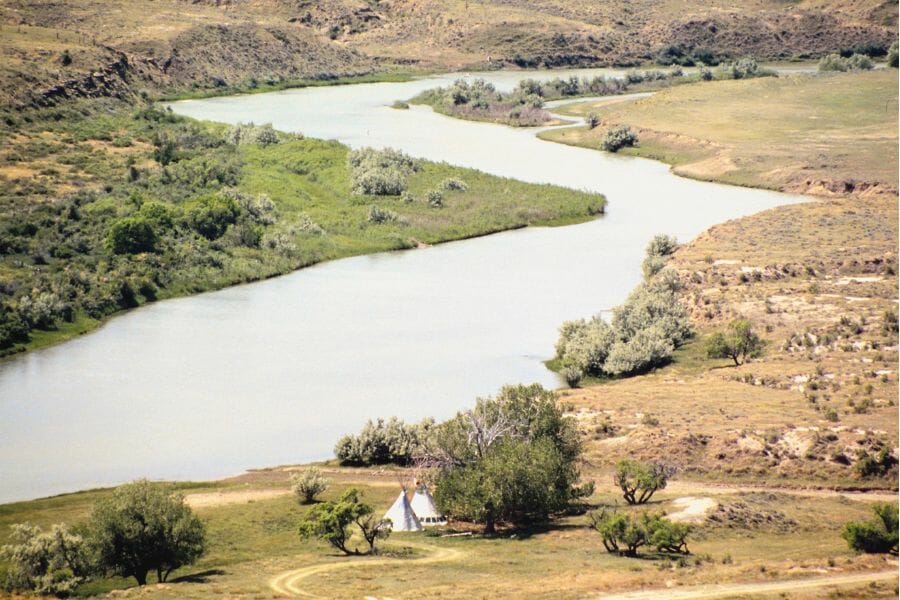
Flowing through picturesque landscapes, Platte River holds secrets beneath its shores and surrounding areas. If you’re looking for jade, this river might become your favorite spot!
Wyoming is known for its quality jade, and the Platte River region boasts some of the best finds. Explorers and adventurers have been drawn to its banks, hoping to discover a piece of this gemstone.
Combing through rocks and pebbles, and perhaps finding a pice of jade or two, can be a fun experience when you visit the area. So, if you’re keen on a jade hunt, Platte River awaits!
Jade Mountains, Alaska
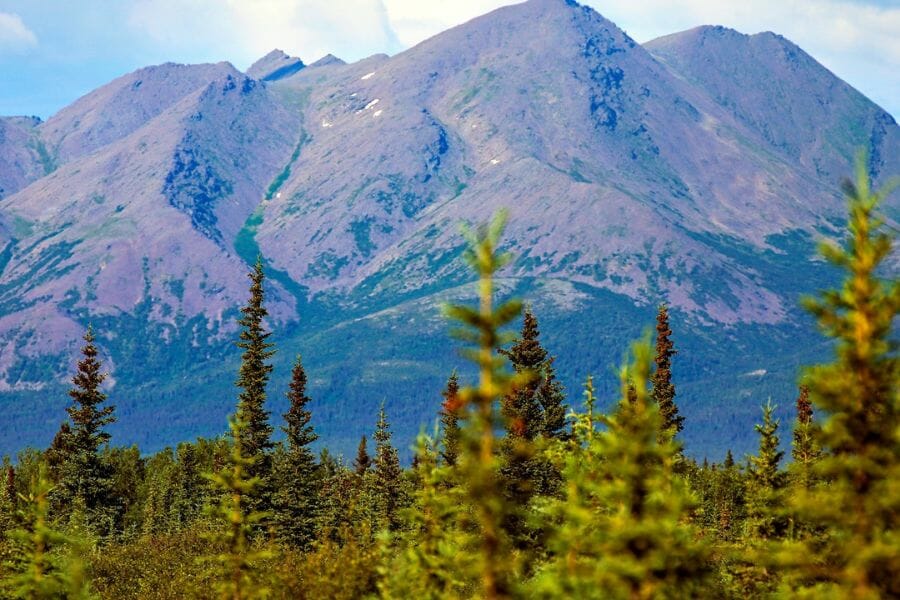
Jade Mountains is more than just a sight to behold. This region is famous for being rich in nephrite jade. Adventurers and rock lovers are often drawn to these mountains, hoping to find a special piece of this beautiful stone.
Nephrite jade from this area stands out because of its quality and unique characteristics. So, if you have a keen interest in rocks and minerals, Jade Mountains might become your new favorite destination.
How to find jade
While the quest for jade can be challenging, there are various methods to make the hunt successful. Let’s dive into the different ways you can discover this precious gem!
Look for metamorphic rocks
When on the hunt for beautiful stones, knowing a bit about rocks can be a big help. Jade is often found in association with metamorphic rocks. These are rocks that have changed over time due to heat and pressure.
Finding jade becomes easier when you spot areas with metamorphic rocks. Metamorphic rocks like serpentine or schist can be indicators that jade might be nearby.
Keep an eye out for their unique textures and colors as you explore. Remember, patience and keen observation are key.
Bring the right tools
Bringing the right tools can make a big difference on a jade hunting adventure. Start with a durable backpack to carry everything. A rock hammer and chisel can help you break away pieces from larger formations.
Sometimes, jade can be hiding among other stones, so a small shovel or trowel will be handy for digging. Wearing gloves will keep your hands safe from sharp edges.
If you can get your hands on a loupe, that would be great! This small magnifying glass lets you look closer at potential jade pieces, checking their details and quality.
With the right tools in your bag, your chances of finding jade treasures greatly increase.
Look in riverbeds or stone outcrops
Jade often loves to hang out where water flows or rocks pop out of the ground. That’s why riverbeds and stone outcrops are awesome spots for jade hunters.
In riverbeds, water pushes and sorts rocks over time. Jade, being a tough cookie, survives this rough and tumble. So, by scanning riverbeds, especially after heavy rain or flood, you increase your chances of spotting this gem.
Stone outcrops, those rocky areas that poke up from the ground, are also great. These areas give a sneak peek into the deeper layers of the Earth.
Wait for low tide
Jade loves to play hide and seek, especially in coastal areas like Big Sur. The sea waves can sometimes hide jade pieces under the water.
But here’s a fun tip: wait for low tide! As the sea pulls back, it unveils secret treasures, including jade.
So, if you’re planning a jade hunt along the coast, check the tide schedules. Low tide is the best time, as it uncovers hidden gems. Jade might be sitting right there on the beach, waiting for you!
How to identify jade once you find it
Finding jade is an exciting adventure, but knowing how to identify it is a skill all on its own. Just because a stone is green doesn’t mean it’s jade. Lucky for us, there are some cool techniques and tips to make sure we’ve got the real deal.
What jade looks like on the outside
Before it’s polished and shaped, raw jade has a unique appearance that can be quite different from its finished form. Understanding the outer look of jade can really help when hunting for this gem.
Luster
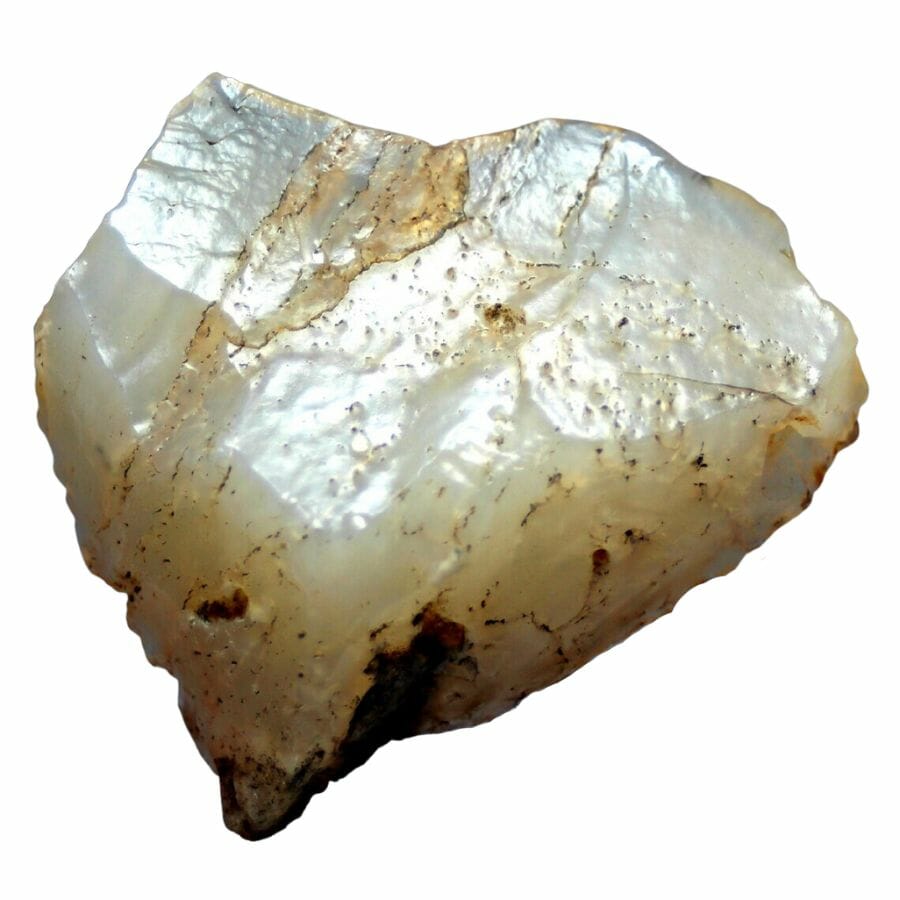
One of the first things you might notice about jade is its luster. Luster describes how light interacts with the surface of a mineral. For raw jade, this is often a waxy or greasy shine, different from the sparkle of some other minerals, like serpentine.
When you go jade hunting, this luster can be a clue you’re on the right track. This soft and smooth sheen makes jade stand out, especially when it’s among other stones.
It’s not super shiny like a polished diamond, but it has a gentle glow that’s just as captivating.
Hardness
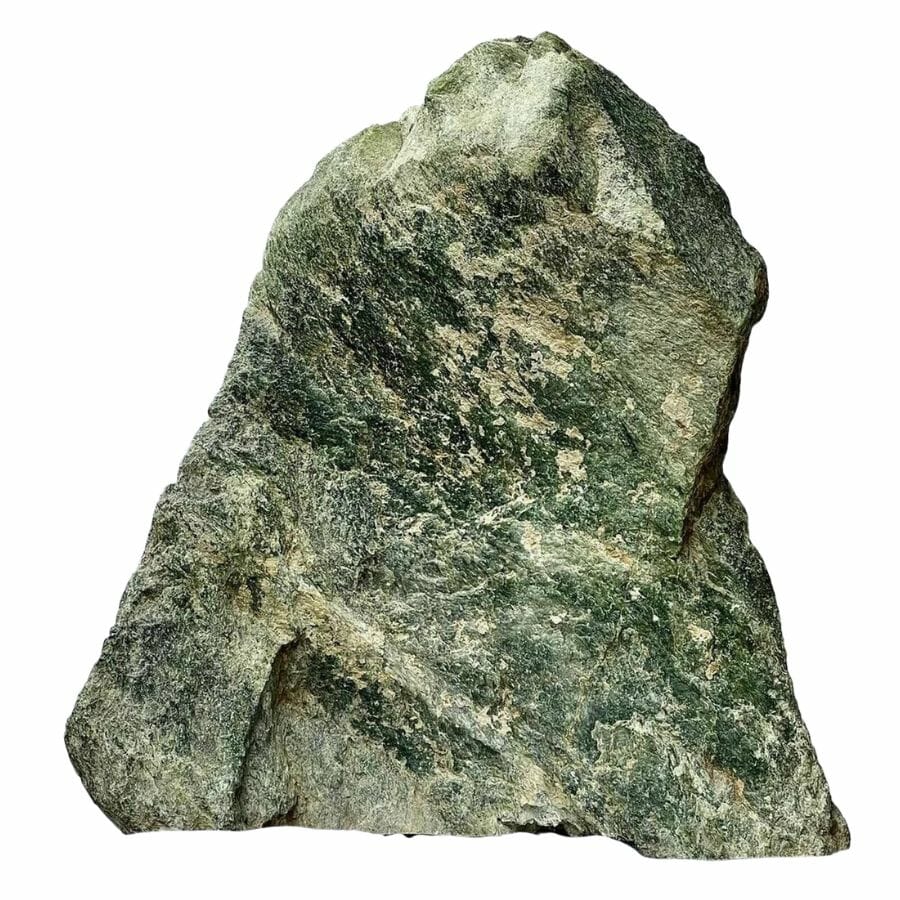
One of the cool things about jade is its hardness. It’s so tough that everyday objects like a knife or even a shard of glass can’t easily scratch it.
So, when diving into jade identification, its resistance to scratches is a big clue. Knowing this fact not only helps tell real jade from the fakes but also gives a glimpse into why so many cultures value this gem. Keep this tip in your rock-finding toolkit!
Sound
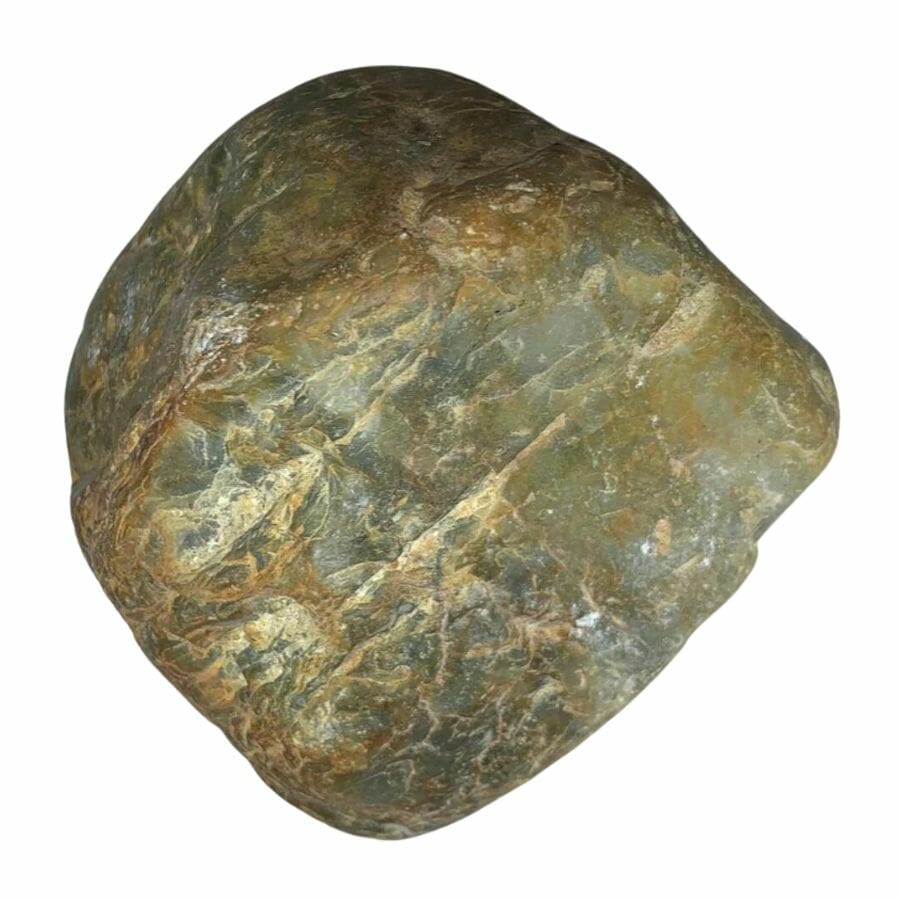
When you tap or strike jade, it sings with a unique, clear sound. It’s like the stone has its own special voice. This unique sound is a big clue that can help set jade apart from other stones.
Now, while what jade looks like on the outside can be fascinating, it’s these little details like its distinctive ring that truly make it special. So, if you have a rock that might be jade, give it a little tap and listen to how it sounds.
What jade looks like on the inside
Hey there, fellow rock enthusiast! Jade is more than just a pretty face. While its exterior can be intriguing, the real wonder is what jade looks like on the inside. Dive in to discover the captivating world beneath jade’s surface!
Fracture
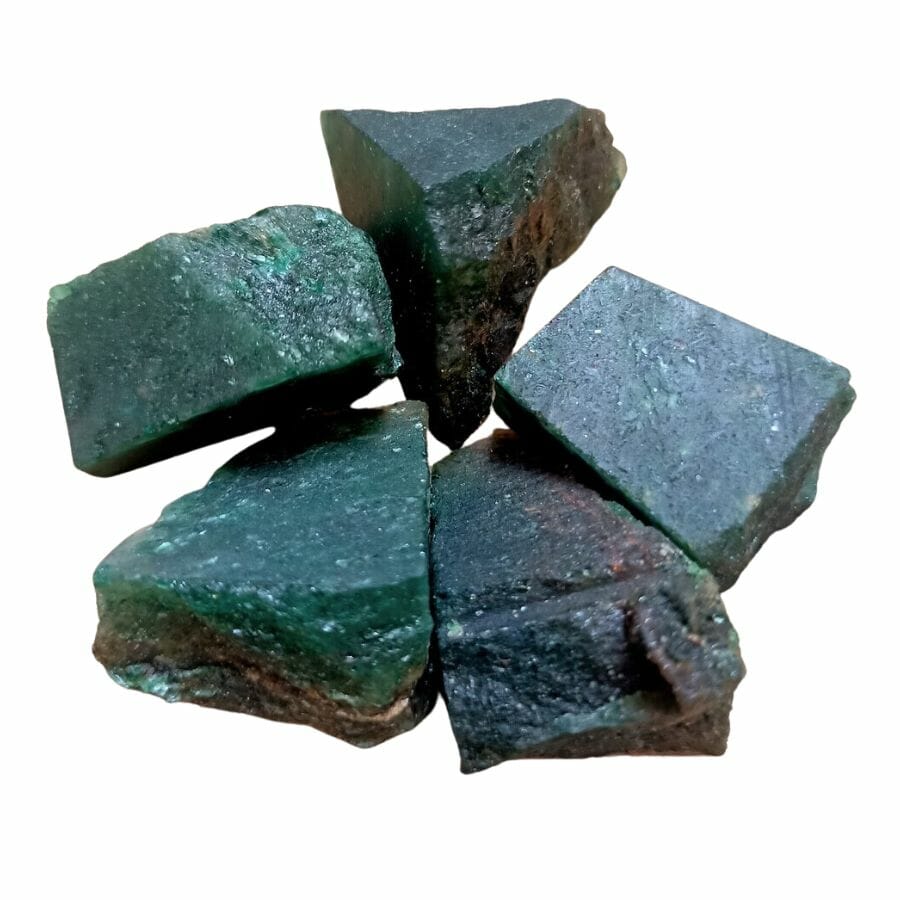
Jade has a distinctive way of breaking, which is a big clue in figuring out if you have a real piece or not.
When it fractures, it doesn’t break smoothly like other minerals. Instead, jade has a grainy, rough edge, kind of like when you tear apart a piece of sugar candy.
This type of break is known as a “splintery” fracture. It’s one of jade’s standout features, and it can be a great help when you’re trying to tell if a rock is jade.
Translucency
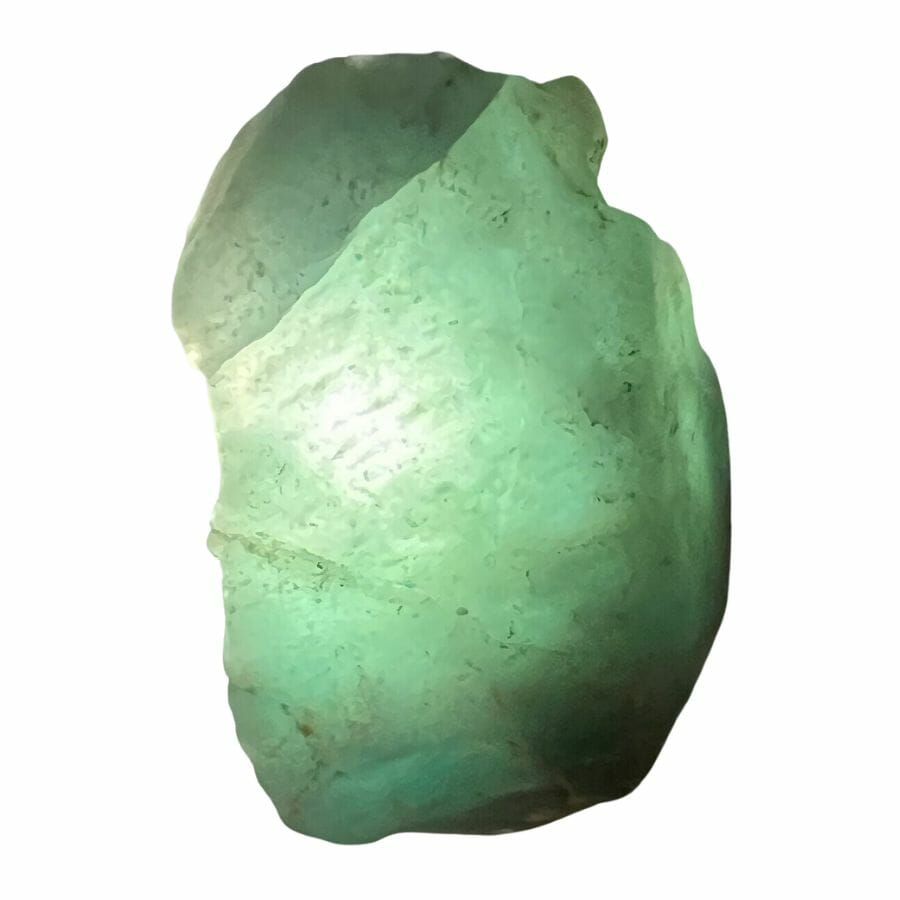
One of the most interesting things about jade is how light interacts with it. Some pieces of jade have this excellent translucent quality. This means light can pass through them, but not clearly like glass. It gives the jade a beautiful, soft glow.
On the other hand, other pieces of jade are opaque, which means light doesn’t pass through at all. Both these looks give jade its unique charm and make each piece special in its own way.
Inclusions
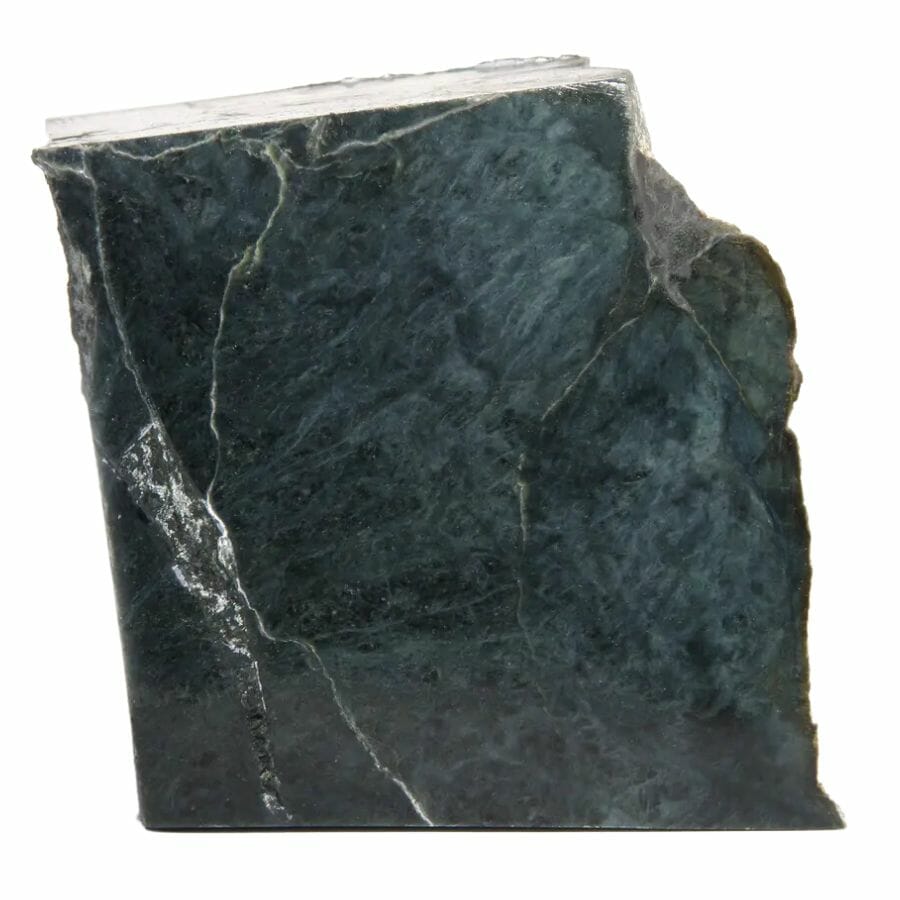
When you closely examine what jade looks like on the inside, you’ll often see tiny minerals or even small bits of other rocks.
These inclusions give each piece of jade its own unique personality. Sometimes, they appear as spots, streaks, or web-like patterns. These little details can tell a story about how that specific piece of jade was formed over time.

